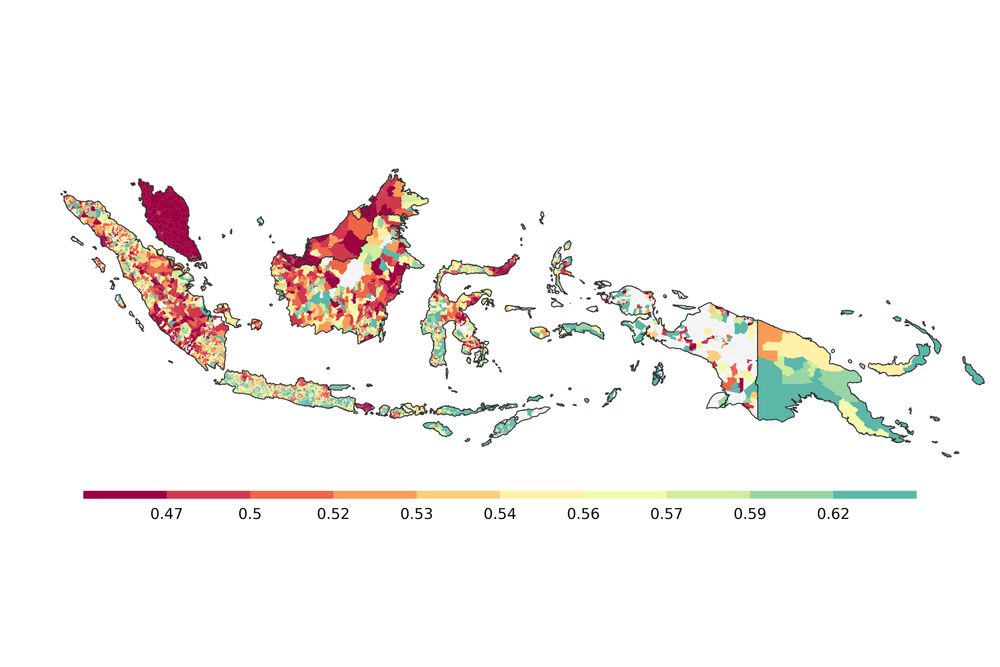https://drew-johnston.com



A 🧵 of maps:

A 🧵 of maps:



If you're interested in working with this data, download it here: data.humdata.org/dataset/cros...
The paper (out soon in AEA P+P) is available here: drew-johnston.com/files/cross_...

If you're interested in working with this data, download it here: data.humdata.org/dataset/cros...
The paper (out soon in AEA P+P) is available here: drew-johnston.com/files/cross_...
Within countries, we also find a strong correlations with gender attitudes in the World Values Survey, such as opinions about women's suitability for political office.

Within countries, we also find a strong correlations with gender attitudes in the World Values Survey, such as opinions about women's suitability for political office.
Men almost always have a lower share of female friends than women do, but the degree varies across countries:

Men almost always have a lower share of female friends than women do, but the degree varies across countries:
Check out my team's new dataset, which uses Facebook data to measure regional differences in social networks by gender all across the world!
A 🧵 with examples, a description of our methodology, and a link to download the data:

Check out my team's new dataset, which uses Facebook data to measure regional differences in social networks by gender all across the world!
A 🧵 with examples, a description of our methodology, and a link to download the data:
Men almost always have a lower share of female friends than women do, but the degree varies across countries:

Men almost always have a lower share of female friends than women do, but the degree varies across countries:
Within countries, we also find a strong correlations with gender attitudes in the World Values Survey, such as opinions about women's suitability for political office.

Within countries, we also find a strong correlations with gender attitudes in the World Values Survey, such as opinions about women's suitability for political office.
Men almost always have a lower share of female friends than women do, but the degree varies across countries:

Men almost always have a lower share of female friends than women do, but the degree varies across countries:

